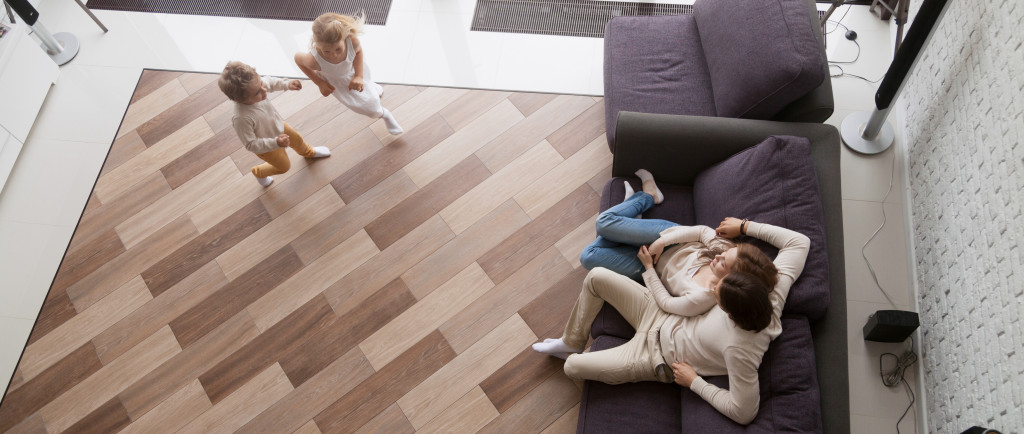The pandemic has tested all aspects of our lives, from individual and family confinement to collective community isolation, and from challenging micromanagement to local, national, and even global leaders struggling to manage the hard blow of the crisis.
Since the outbreak of the virus, nearly one billion people have been confined to their homes. As stringent restrictions are imposed by most European countries, with some threatening fines for those who violate stay-at-home orders, homes become more vital spaces for family life.
With the likelihood of people being confined to their homes much longer and the reality that most homes are not built to face this ongoing crisis, the need for comfortable and sustainable homes has become more evident.
Not only do our homes serve as shelters, protecting us from the spread of the virus, but they have also become our workspaces, universities, and daycare centers. However, an indoor environment with little ventilation and a poor heating system can contribute to several respiratory and cardiovascular diseases. More often, vulnerable groups suffer the brunt of these things.
Around July this year, after a long negotiation, the EU leaders struck a deal for a post-coronavirus recovery package. It includes a 750 billion fund for grants and loans for its 27-member bloc to counter the devastating effects of the pandemic, serving as an opportunity for the people to focus on renovating homes and making them sustainable and efficient.
Sustainable home renovations are more than energy-saving and staying on the global trend. Here are some of the benefits that come with having green homes:
Combat Climate Change
Houses and buildings, on a global scale, account for over thirty percent of greenhouse gas emissions, making them a major contributor to climate change. Nonetheless, having a green home can help you combat it. Green homes are built to be energy-efficient and environmentally friendly.
Green homes harness the clean energy of the sun using solar panels, reducing or even eliminating the need for paying power companies that usually rely on coal or gas for generating energy. By using implements that adhere to green standards, green homes are built with nontoxic and cost-efficient materials, such as bamboo and coconut trunks.
Offers Affordable Housing
With rising utility costs and escalating prices on gas, simply building affordable, low-cost housings for lower-income individuals to rent or purchase is not enough. To be genuinely considered affordable in the long run, not only must residents be able to afford the monthly housing loans or rent payment, but they should also be able to pay utilities and transportation costs.
For most people, green housing and affordable housing are two contradictory terms. Yet, recent developments in infrastructures show that affordable housing could be used to describe sustainable housing for lower-income individuals. Through efficiencies incorporated in the home design, residents of green homes will realize long-term savings. Such is what we need right now in light of income and job losses following the outbreak of the pandemic.

Promotion of Health and Well-being
Although green homes are planned and built without a pandemic in mind, they offer conditions for better resilience amidst the current crisis. Green homes offer a healthier environment for families. The housing elements of green homes offer defenses against respiratory illnesses. With their ventilation and air filtration system, exposure to viruses is reduced. Indoor solar shades provide increased privacy and reduce glare and UV radiation.
Moreover, with fifty-five percent of the world’s population living in urban areas, these city dwellers are cut off from nature. Having to spend all, if not most, of their time indoors, they are more likely to experience stress, anxiety, and even depression. Nevertheless, having an eco-friendly home reduces the likelihood of falling into mental or emotional health issues.
Promote Decent Work and Economic Growth
Because of the positive public sentiment about environmental sustainability and supportive national and international policies, countless businesses share this enthusiasm. Not only does the green economy create new jobs, but it also boosts brand awareness and increases the market reach of enterprises.
Accordingly, as the demand for greenhouses increases globally, the need for the workforce to deliver them also increases. Several countries in Africa, South America, and Asia have recognized the potential of green building and construction to address socio-economic and environmental issues, such as unemployment and affordable housing.



